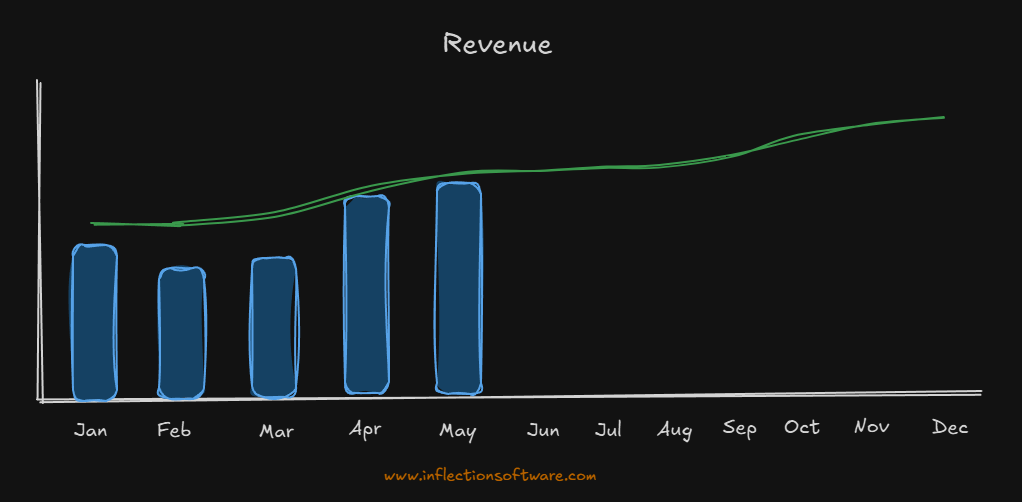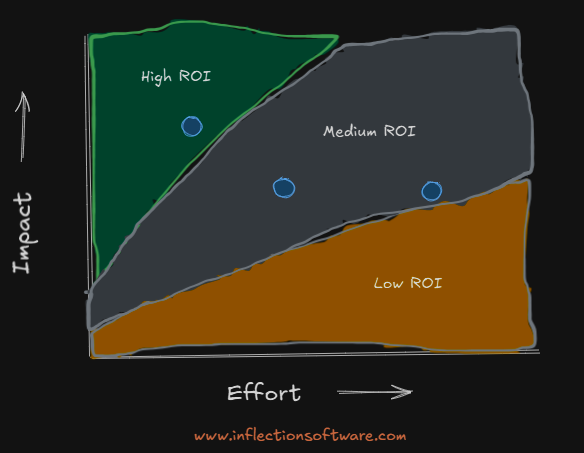Organizations need to think beyond dashboards and individual data points to truly excel.
The Knowledge to Wisdom Pyramid
Know What
Most organizations gather data and put it on dashboards to create information - organized, structured, useful, and condensed data.
Then, they gather more data and create more dashboards, which eliminates the condensed aspect necessary to transform the data into useful information.
Decision risk is highest at this level and innovation is low or non-existent.
Know How
Once the information is available on dashboards, organizations must add meaning to create knowledge.
This is accomplished through learning, discussing, thinking through, and comparing.
Decision risk decreases at this level and innovation is more the result of luck than anything else.
Know Why
Finally, organizations must add insights to create wisdom.
Wisdom brings to light patterns and relationships and makes the data actionable.
Decision risk is lowest at this level and innovation is high.
Data to Information - Know What
Individual facts are transformed into information by adding context - organizing, structuring, and condensing it - all making data useful.
Add context by pulling data into dashboards that graphically display many different pieces of data.
Information to Knowledge - Know How
Teams transform information into knowledge by adding meaning through learning, discussion, and comparison.
For example, they use an impact-effort matrix to develop knowledge by discussing the initiatives to be worked on, their relative impacts, and the required efforts to complete them.
Knowledge to Wisdom - Know Why
Knowledge is transformed to wisdom by adding insight.
At this level of the knowledge pyramid, patterns and relationships are easily recognized from a robust set of integrated mental models that represent the data from multiple vantage points.
Sharing mental models throughout the organization creates wisdom and drives high levels of innovation.





